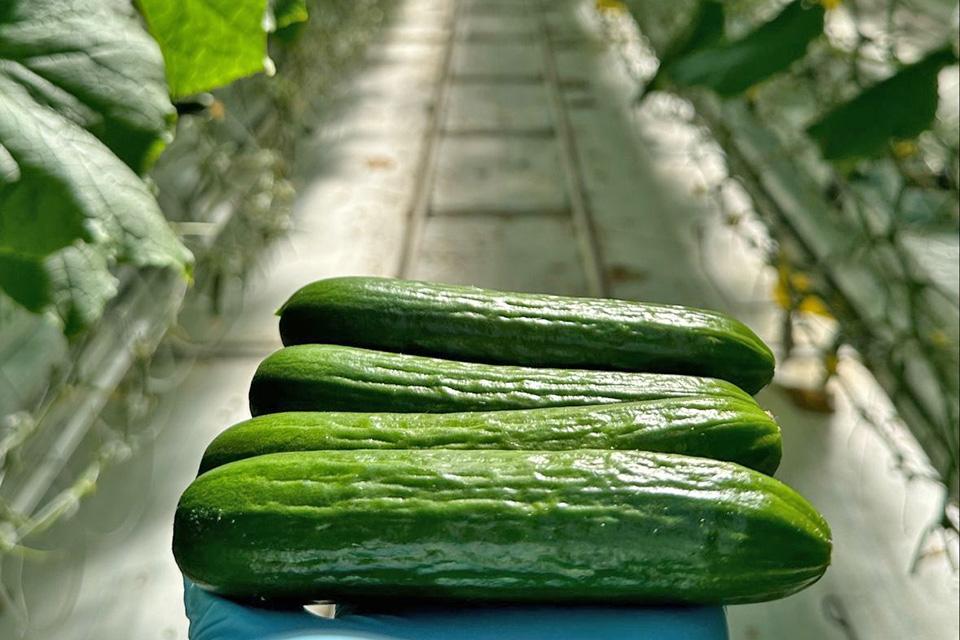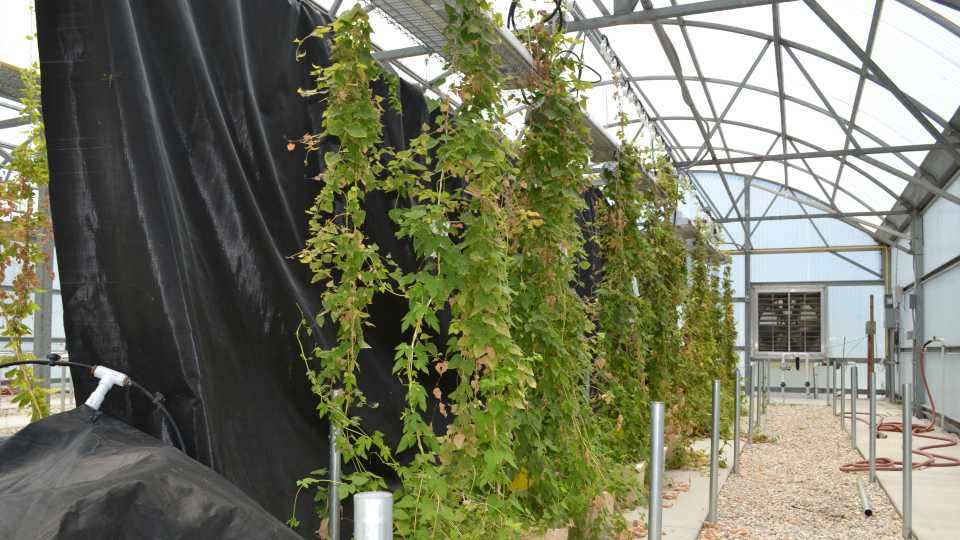Biopesticides And Sustainable Ag
Most growers working to create a sustainable agriculture system understand that their first line of defense against unwanted pests is not found in the chemical shed. It’s the beneficial organisms — the good bugs — out in the field. That’s why a solid integrated pest management (IPM) program is one of the linchpins of sustainable agriculture. IPM combines cultural practices, biological controls, and chemical controls to keep pest populations low. When a pest problem becomes too severe and a chemical must be applied, the grower has two options: a traditional, synthetic product or a “softer” biopesticide.
Among the major benefits of incorporating biopesticides into a sustainable agriculture system is that they are generally more environmentally friendly and do not damage the soil, water supply, or the wildlife — including beneficial insects.
“Their safety to beneficial organisms is one area where biopesticides definitely have a fit,” says Michael Braverman, manager of the Biopesticide Program, IR-4 Project at Rutgers University.
In most cases, biopesticides are not meant to replace traditional products but to be used in rotation, thus lowering the amount of synthetic chemical being applied. Over time, insects and diseases build resistance to synthetic chemicals. By alternating synthetic chemicals with biopesticides, the efficacy of the synthetic chemical is extended.
Registration And Demonstration
While the vast majority of registered active ingredients are micro-organisms, biopesticides include a wide array of natural products including pheromones and kaolin clay.
According to Janet Andersen, director of the Environmental Protection Agency’s Biopesticides and Pollution Prevention Division, 997 biopesticide products have been registered since the division was formed in 1994. One of the division’s key purposes is to help expedite the registration of biopesticides.
Expediting registration assists smaller companies, who are often under-capitalized, to bring these products to market sooner.
Andersen points out that the division works with the IR-4 project co-funding demonstration projects to trial and showcase the efficacy of biopesticides. This is a component of the division’s Pesticide Environmental Stewardship Program to educate growers and promote the use of safer pesticides as part of a grower’s IPM program.
Braverman notes that a large number and a broad range of products have been trialed and funded by the EPA/IR-4 grants. An example is using phosphite and diphosphite products to control pythium in a variety of greenhouse crops.
Biopesticide Benefits
While the concept of sustainable agriculture was initially designed for smaller growers who supply local markets, many large growers are adopting similar practices for regulatory, economic, and environmental reasons.
In addition to the environmental benefits of biopesticides, two other factors are becoming increasingly important to growers, according to Rex Dufour, a pest control advisor and California field director for the National Center for Appropriate Technology and the National Sustainable Agriculture Information Service.
Consumers are taking notice of where and how their fruits and vegetables are grown.
“There’s a growing market for produce that is grown on farms that incorporate sustainable practices in their growing systems, and farmers are aware of this,” Dufour says.
Another key benefit has to do with regulatory issues, especially as they relate to water quality and runoff. Almost all biopesticides degrade quickly and have absolutely no detrimental effect on the water supply. “Let’s face it,” says Dufour, “Nobody’s monitoring for Bt in our water because it’s a naturally occurring organism.”
For more information, see these useful websites on biopesticides.
http://attra.ncat.org/fundamental.html
www.epa.gov/oppbpp1/biopesticides//whatarebiopesticides.htm
http://epa.gov/pesticides/factsheets/ipm.htm








